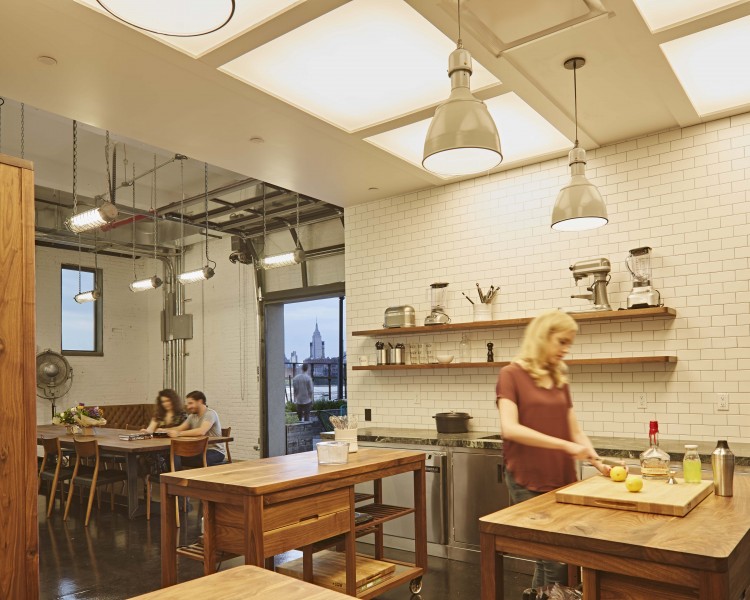Light is the primary stimulus that synchronizes our body clock with the solar day. Our bodies evolved at a time scale much slower than the rate at which we alter our environment. Americans spend 95 percent of our time in indoor environments that are novel in comparison to our evolutionary past. At night we are bombarded by light from personal devices, televisions, street lamps, signage, and more. Consequently, we receive too little light during daytime hours and too much light at night. This is exacerbated in northern latitudes where the days are shorter and daylight less intense. Add cloudy or overcast climates, and the daylight resource found in buildings is woefully inadequate at supporting our body clocks.
Electric lighting solutions typically focus on lighting tasks and provide light levels that are not intense enough to stimulate the circadian system. Insufficient light resources and an errant body clock can result in poor sleep, higher stress, lower productivity, Seasonal Affective Disorder, and has been shown to contribute to chronic health maladies such as Type 2 diabetes, cardiovascular disease, and increased occurrence of breast cancer. Circadian impactful lighting solutions seek to provide light resources more aligned with the environment in which we evolved, helping to regulate our body clock and reinforce our relationship with the sun and its daily and seasonal patterns.
The recent award of the Nobel prize in medicine to three Americans “for their discoveries of molecular mechanisms controlling the circadian rhythm” has brightened the spotlight on the connection between light and wellness. Supported by a flurry of media responses and a plethora of supporting evidence, the design industry should feel emboldened to integrate circadian lighting solutions into every project. Although the awarded studies were conducted in the mid-80s, and numerous research results have supported and greatly expanded our understanding of the relationship between light and health, so far the practical application of circadian lighting solutions has been minimal.
Lumen Architecture seeks to use Circadian lighting solutions in innovative, impactful, and productive ways. See some of our Circadian Lighting based projects here.













